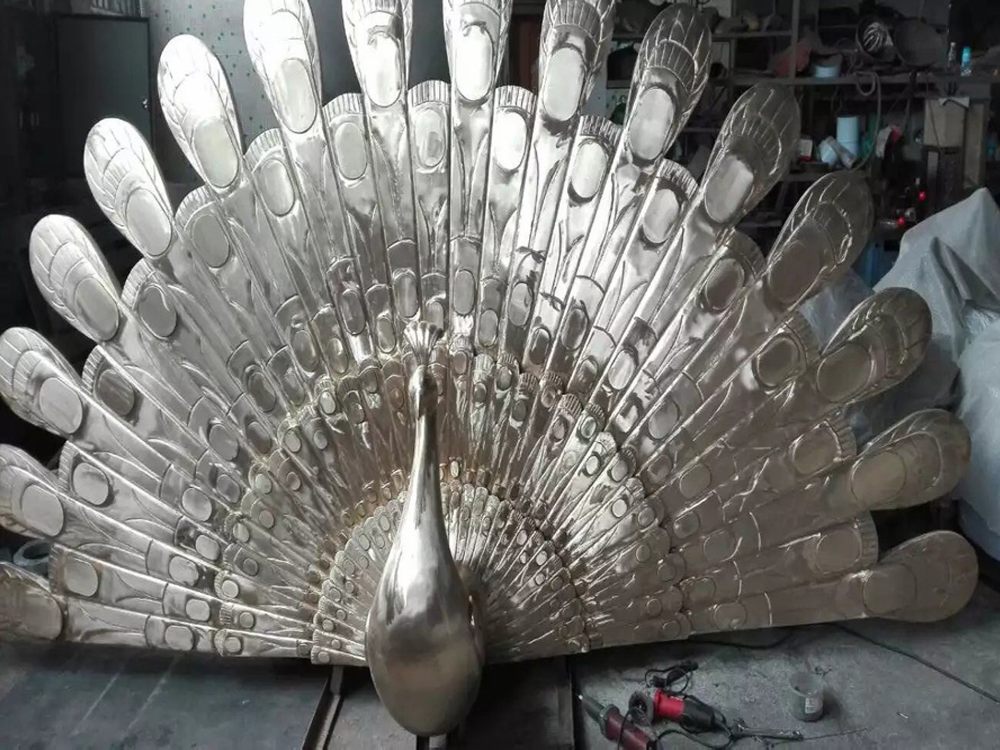
Stone sculptures have long been admired for their beauty and durability, but they also serve as silent witnesses to the ecological impact of their materials. The process of creating a stone sculpture begins with quarrying, an activity that can significantly alter landscapes, disrupt ecosystems, and contribute to soil erosion. The choice of stone—whether marble, granite, or sandstone—carries its own environmental footprint, influenced by extraction methods, transportation, and the energy required for carving.
Artists and conservationists are increasingly aware of these impacts, leading to a growing movement toward sustainable sculpture practices. Some sculptors now prioritize locally sourced stones to reduce transportation emissions, while others repurpose discarded or recycled stone to minimize waste. The very texture and composition of a finished sculpture can tell a story about its origin, revealing whether it came from a responsibly managed quarry or a fragile ecosystem.
Beyond the physical material, stone sculptures also symbolize humanity’s relationship with nature. A weathered statue may show the effects of acid rain, while a cracked surface might reflect the stresses of climate change. By examining these artworks, we gain insight into both the artistic process and the environmental consequences of our choices. As awareness grows, stone sculptures are becoming not just objects of art but also powerful statements on sustainability and ecological responsibility.
Ultimately, the legacy of stone sculptures extends beyond aesthetics—they challenge us to consider how art and ecology intersect, urging a balance between creativity and conservation.

